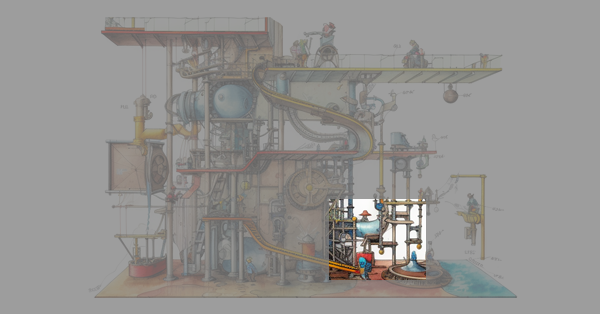Many recruiters and hiring managers are advising candidates to include measurable results in resumes, and with good reason. Focusing on results is a great way to show how you impact an organization for the better. Of course, crafting an effective resume is a pivotal part of any job hunt, but demonstrating your impact when traditional success metrics are not obvious or readily available can be tricky. In many roles, individual achievements don’t translate easily into revenue gains or percentage growth (teachers), or they are a small link within a long and complex chain of success factors (designers), or if they span a time frame beyond your tenure in the role (researchers). Whatever the case, understanding and implementing these key strategies can help you craft a compelling, tailored resume that showcases results.
In a myriad of roles, showcasing your impact can often be complex. Here are just a few examples:
Examples of roles where impact can be hard to quantify and represent succinctly
- Teacher: Influence is holistic, nurturing critical thinking, creativity, and personal growth; test scores don’t fully reflect this impact.
- Social Worker: Impact involves improving clients’ personal and social well-being, which is hard to measure tangibly.
- Mental Health Counselor/Psychologist: Changes in mental health can take time and are not immediately measurable quantitatively.
- Non-Profit Worker: Impact focuses on social good and community welfare, which is challenging to quantify.
- Researcher: Research might reshape knowledge or enable breakthroughs, but tangible impacts may take years.
- Designer/ Copywriter/Content Writer: The impact of good design or writing can be hard to separate from other success factors.
One great way to think in terms of outcomes and results is to try to answer the question: “I know I made an impact because…” As you’ll see, this framing highlights the cause-and-effect relationship between your work (cause) and the beneficial outcomes that resulted from it (effect). This way, you’re not just listing what you’ve done, but you’re demonstrating the concrete ways in which your efforts mattered. Remember, the impact often extends beyond the immediate outcome and can include long-term effects on teams, projects, and organizations.
Here is a list of 10 common accomplishment concepts that include this framing for you to use:
List of impact-framed accomplishments
- Problem-Solving: “I know I made an impact because a problem I solved led to smoother operations or some other positive outcome, which was evident in this particular way.
- Project Completion: “I know I made an impact because the projects I completed enabled our company to deliver higher-quality results to our clients, which was evident in this particular way .”
- Leadership Roles: “I know I made an impact because X number of team members went on to take leadership roles themselves, a testament to the growth and development fostered under my guidance.”
- Process Improvements: “I know I made an impact because this process improvement I implemented resulted in saved time and increased efficiency, which was evident in this particular way.”
- Skill Development: “I know I made an impact because the skills I developed and shared with the team enhanced our collective expertise, leading to higher quality work completed by a more knowledgeable team which was evident in this way.”
- Recognition and Awards: “I know I made an impact because I received this recognition which attests to the value I brought to the organization.
- Learning Initiatives: “I know I made an impact because the learning initiatives I introduced enabled us to tackle more complex tasks and projects.”
- Soft Skills: “I know I made an impact because my communication and collaboration skills fostered stronger relationships, leading to better teamwork which was evident in this way”
- Client Satisfaction: “I know I made an impact because of this positive client feedback I received.
- Goal Achievement: “I know I made an impact because these goals that I achieved were directly tied to our organization’s larger objectives.”
(NOTE: the “I know I made an impact because…” language is just scaffolding to help you write and should not be left in the final text)
Ultimately, the goal is to paint a vivid picture of your professional impact. This might involve highlighting client satisfaction, demonstrating how you achieved goals, or showing how you contributed to team success.
Incidentally, a good strategy for representing these accomplishments in an interview setting is to employ the STAR method (Situation, Task, Action, Result) in your descriptions. This method allows you to present a clear story of a challenge you faced, the actions you took, and the result of those actions, thus showing your impact in a structured and compelling way. Check out our tool for practicing job description-targeted interview questions in this format. But interview prep is a blog post for another day.
Creating an impactful resume for hard-to-quantify roles requires a little extra effort to demonstrate value and results. The work you’ve done clearly mattered to your previous employers and the communities you’ve served. You may not have the raw numbers, but you can and should highlight the changes, results, and outcomes you’ve facilitated.




